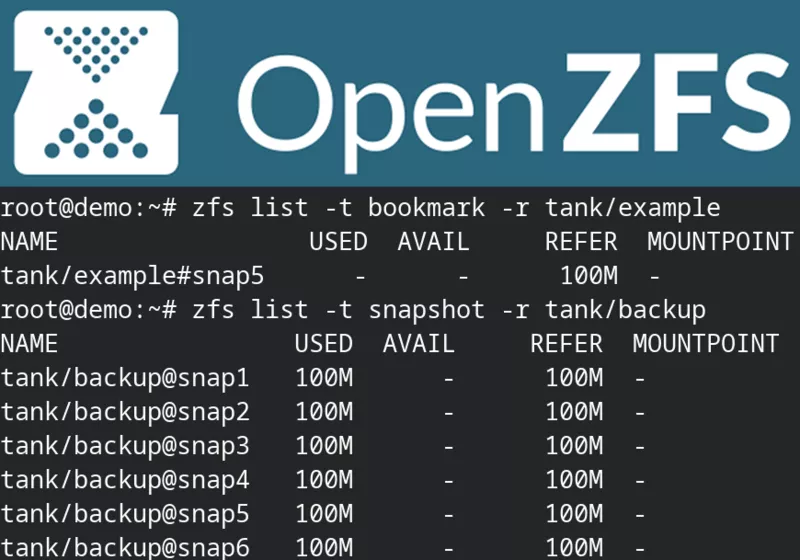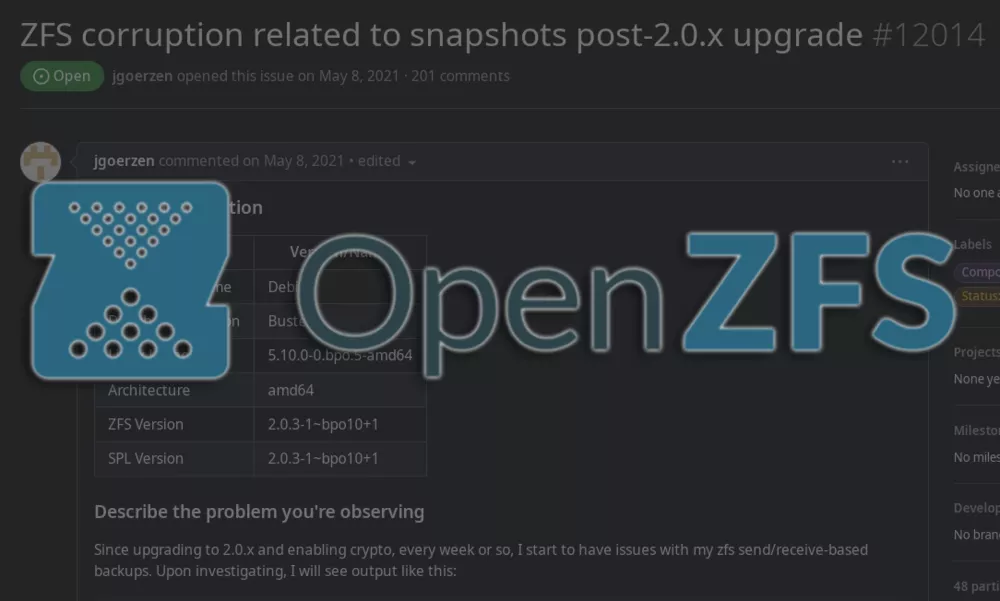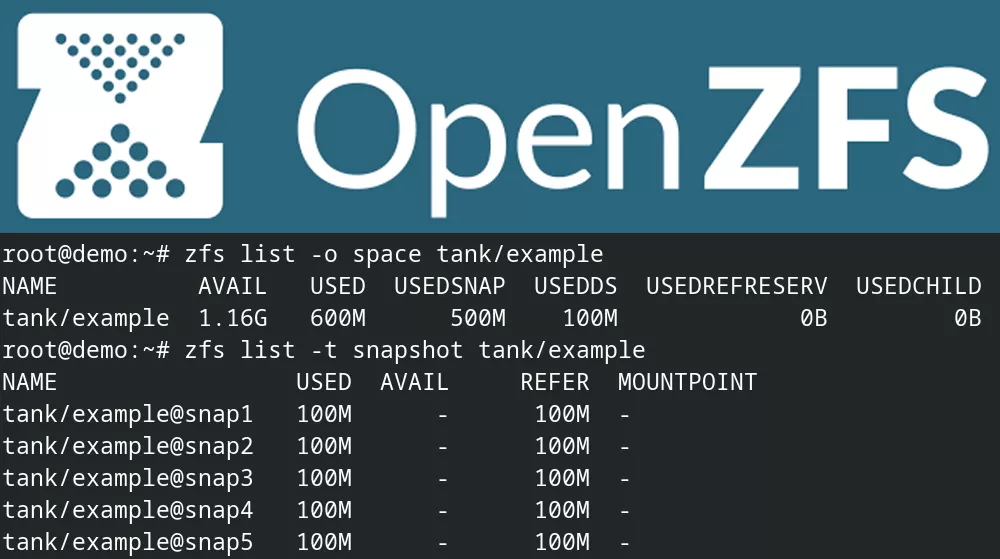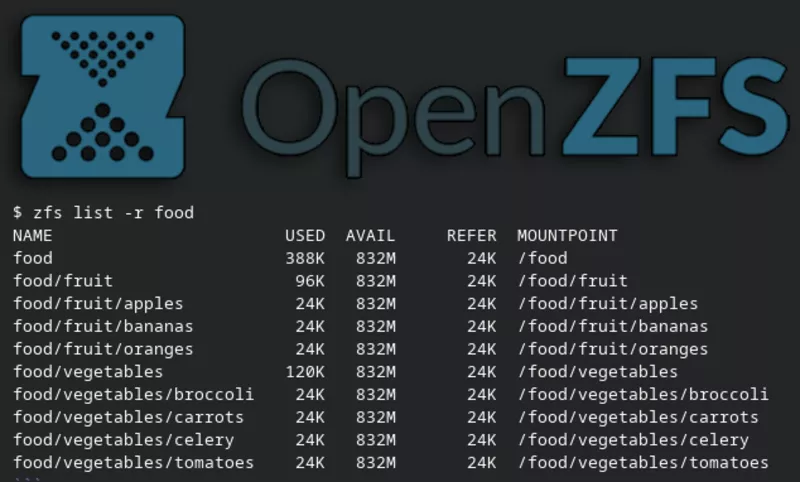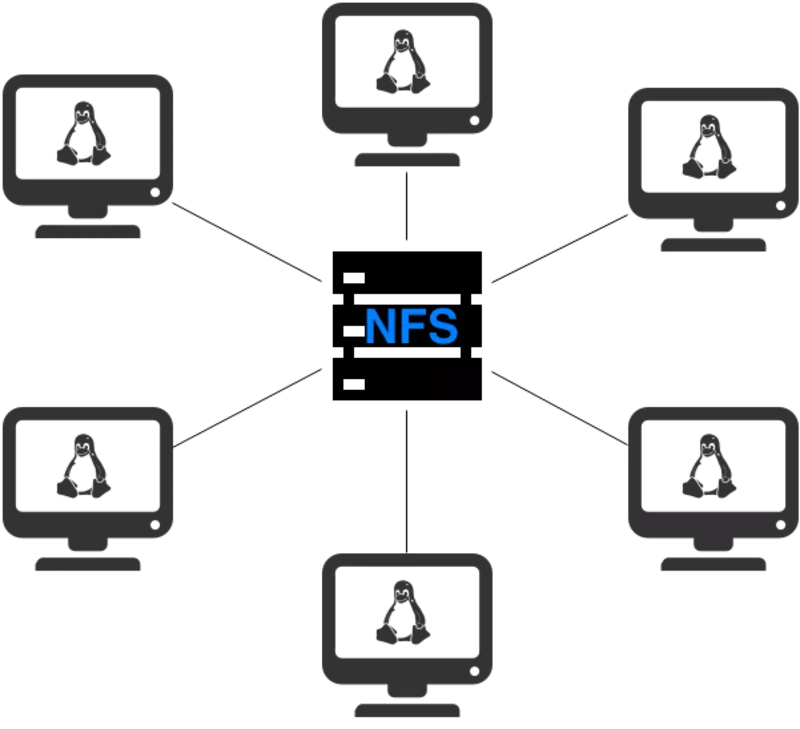Why Arch Linux Is A Great Desktop Operating System

Often views as intimidating and difficult-to-learn, in reality Arch Linux is a perfect blend of simplicity, control, and stability. Let's examine in detail what makes Arch a top choice for your desktop operating system.

